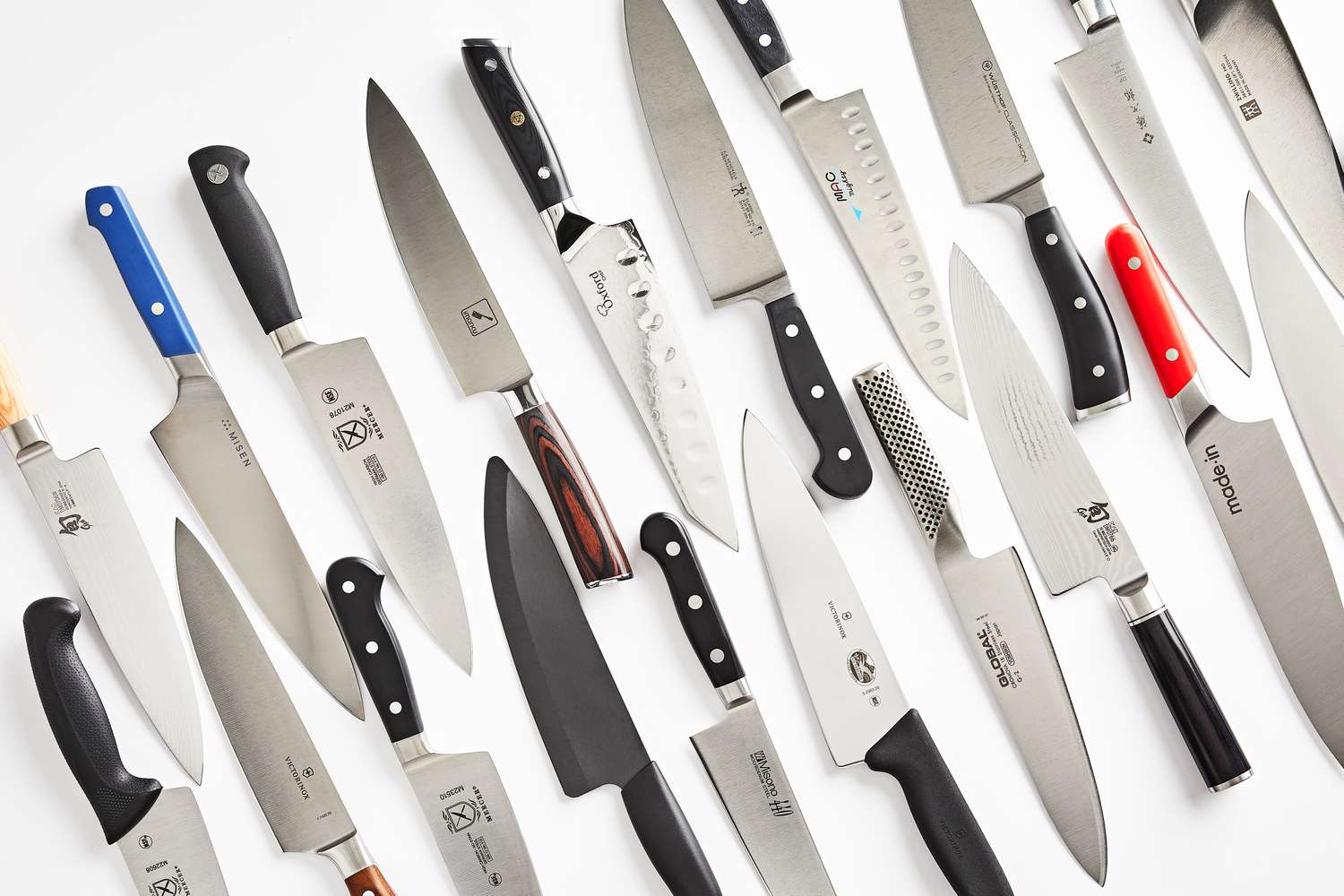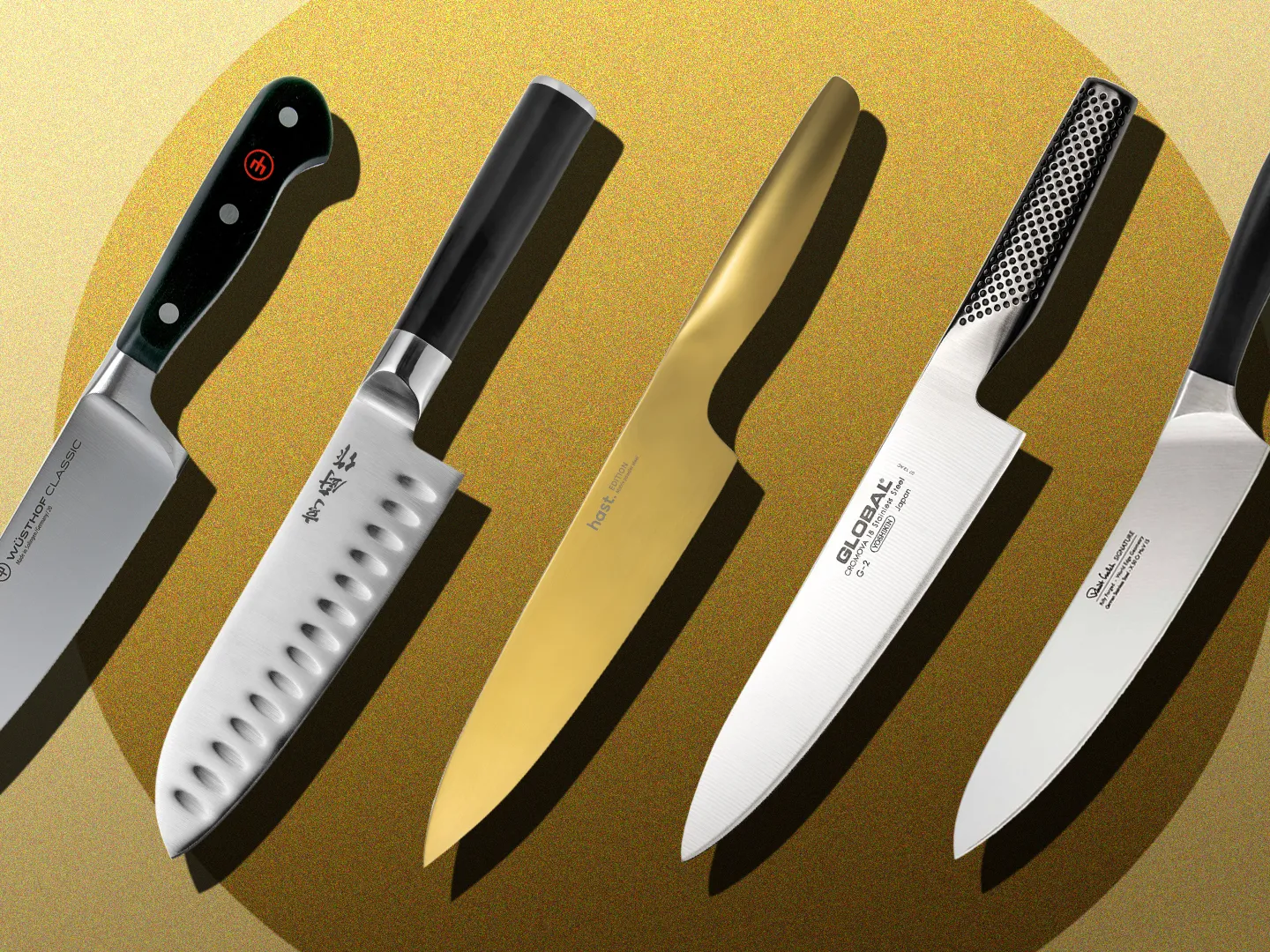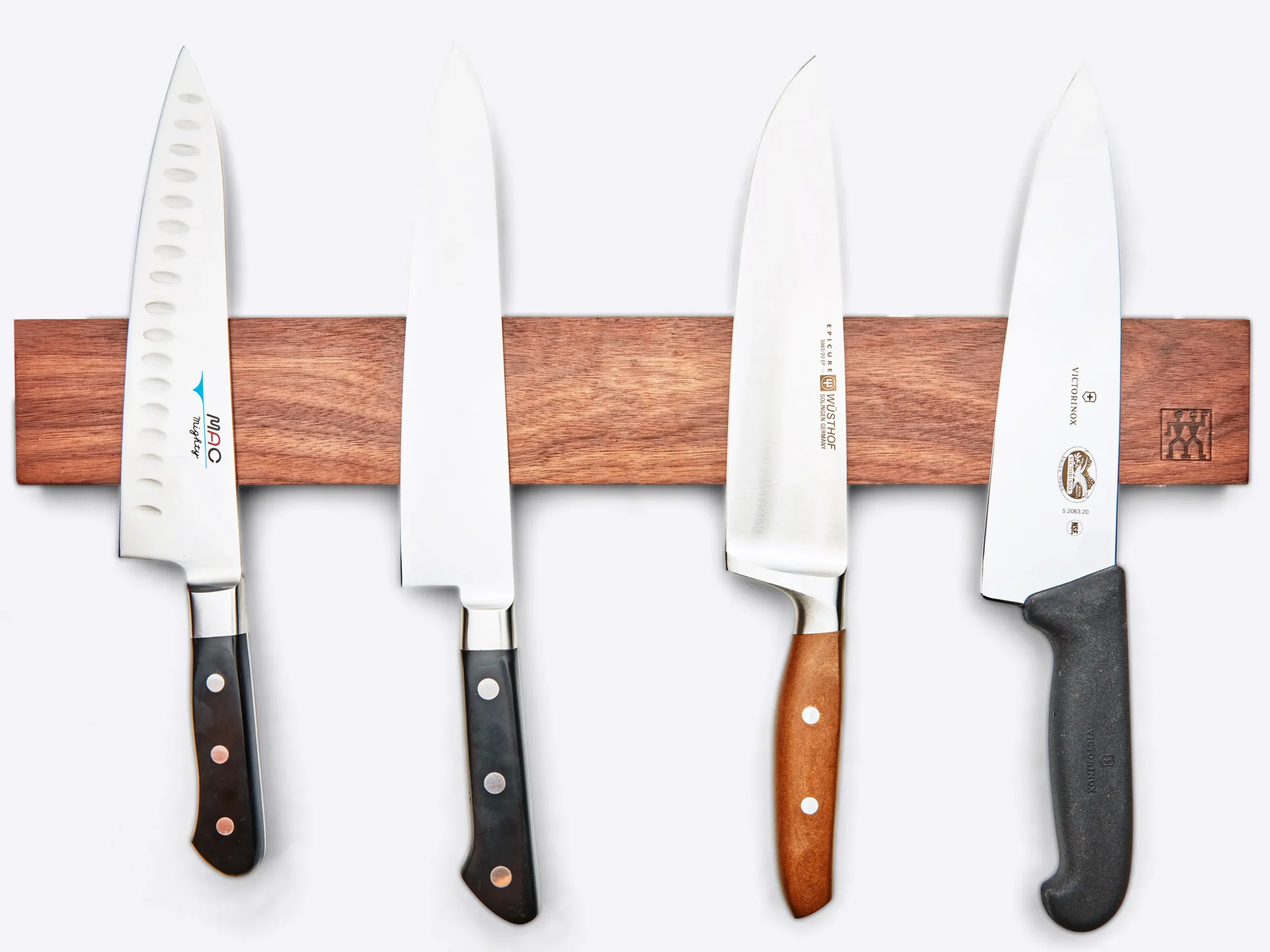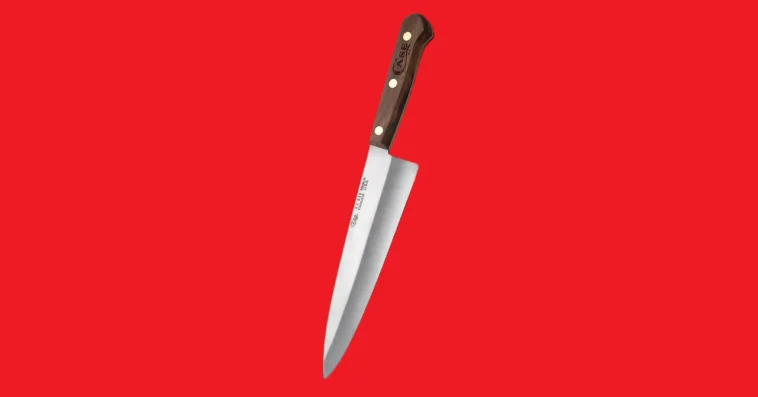Choosing the right knife is a pivotal decision for any home cook or professional chef. The right knife not only enhances your cooking experience but also increases your efficiency in the kitchen. In this comprehensive guide, we will delve into the essential factors to consider before purchasing a knife, ensuring that you make an informed decision tailored to your needs. Whether you’re a culinary enthusiast or a seasoned chef, these valuable insights will help you navigate the world of kitchen knives with confidence.
1. Identify Your Needs
Before delving into the intricacies of knife types and materials, it’s essential to understand your specific needs in the kitchen. Take some time to assess the tasks you commonly perform. Are you frequently chopping vegetables, slicing meats, or working with delicate ingredients? Each task may require a different blade. For instance, a chef’s knife is versatile and suitable for various tasks, while a paring knife excels at detailed work like peeling and trimming. For bread and tomatoes, a serrated blade may be the ideal choice.
2. Knife Blade Materials
The blade material significantly impacts a knife’s performance, sharpness, maintenance, and durability. Three popular blade materials are stainless steel, carbon steel, and ceramic. Stainless steel knives are easy to maintain, rust-resistant, and offer a good balance between sharpness and durability. Carbon steel knives hold an exceptionally sharp edge but require more maintenance to prevent rust. Ceramic knives are incredibly sharp and resistant to corrosion, but they are more brittle and may chip if mishandled. Consider your needs and level of maintenance commitment when choosing the best blade material for you.
3. Handle Materials and Ergonomics

The knife handle is just as crucial as the blade when it comes to comfort and control. Knife handles are available in various materials, such as wood, plastic, and stainless steel. Wood offers a classic and comfortable grip, while plastic handles are often more affordable and dishwasher-safe. Stainless steel handles are durable and can be well-balanced but may feel slippery. Ergonomics play a crucial role in how comfortable a blade feels in your hand. Look for a handle design that fits your grip naturally, reducing strain during extended use. If you want all the dots covered, seek professional blade manufacturers such as Northwest Knives.
4. Tang and Balance
Understanding knife tang is vital in evaluating a knife’s balance and stability. The tang is the part of the blade that extends into the handle. Full tang knives have a blade that runs the full length of the handle, providing excellent balance and strength. Partial tang knives have a shorter blade that doesn’t reach the full handle length, potentially leading to weaker construction. A well-balanced blade is essential for precise and controlled cutting. When a blade is properly balanced, it reduces the risk of accidents and fatigue during extended use.
5. Knife Size and Weight
Knife size and weight directly influence cutting performance and comfort. The ideal knife size varies depending on the tasks you perform. For general tasks, a blade between 8 to 10 inches is versatile and suitable for most users. However, if you frequently work with smaller ingredients, a 6-inch blade might be more appropriate. As for weight, it’s essential to find a blade that feels comfortable in your hand. A knife that is too heavy may cause strain, while one that is too light may lack the necessary control.
6. Knife Edge Type
Knife edges come in various styles, each catering to specific cutting tasks. Straight edges are ideal for precise slicing and chopping. Serrated edges are excellent for cutting through tough or delicate foods with ease. Combination edges offer the best of both worlds, featuring a serrated section near the handle and a straight edge toward the tip. Understanding which edge type suits your cooking needs will significantly enhance your kitchen experience. Additionally, learn how to sharpen and maintain the edge properly to keep your blade performing at its best.
7. Maintenance and Sharpening

Proper knife maintenance and regular sharpening are essential for extending the lifespan of your blade and ensuring optimal performance. Invest in a honing steel to keep the blade aligned between sharpenings. Remember that different blade materials require specific sharpening techniques, so be sure to research the proper methods for your knife. Always clean and dry your knife immediately after use, and avoid using it on hard surfaces like glass or marble to prevent dulling the blade.
8. Budget Considerations
Setting a budget for a knife purchase is essential, as prices can vary significantly. While it may be tempting to go for the most expensive option, it’s not always necessary. Quality knives can be found in various price ranges. Consider your needs and how often you’ll use the blade when determining your budget. Avoid going for the cheapest option, as these knives may not hold up to regular use and could require frequent replacement. Strike a balance between quality and cost to find the perfect knife for your needs.
9. Researching Brands and Reviews
When investing in a knife, researching brands and their reputations is crucial. Look for brands known for producing high-quality knives that stand the test of time. Reading reviews and testimonials from other users can provide valuable insights into a knife’s performance, durability, and overall value. Seek out trusted sources for blade reviews and recommendations to make an informed decision.
10. Understanding Knife Types and Brands

As you delve deeper into the world of kitchen knives, you’ll come across a myriad of brands and knife types. Popular knife brands often specialize in specific styles or materials. Additionally, consider the difference between mass-produced knives and handcrafted knives. Handcrafted knives may come at a higher price point, but they often offer superior craftsmanship and unique designs. Choose a blade type and brand that aligns with your needs, preferences, and values.
Final Tips for Knife Buyers
Before making a final decision, it’s essential to summarize the key points to consider. Always prioritize your needs and preferences over trends or fancy marketing. Remember to invest in a quality blade that suits your specific cooking tasks, as a well-chosen knife can become your trusted kitchen companion for years to come. With the right research, you’ll be equipped with the knowledge to make a confident and informed decision when buying your next kitchen blade.




